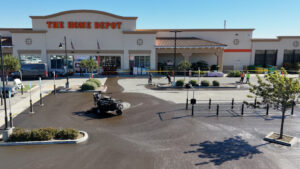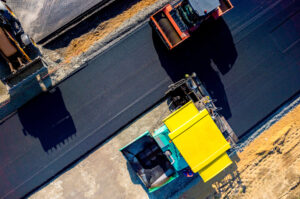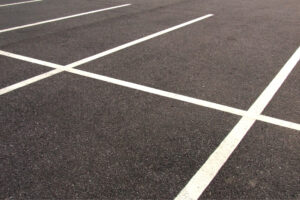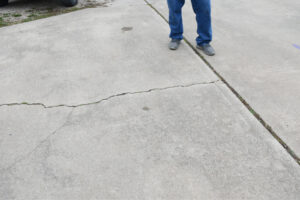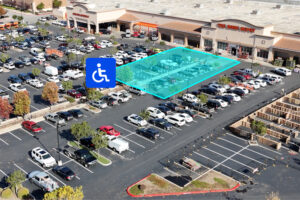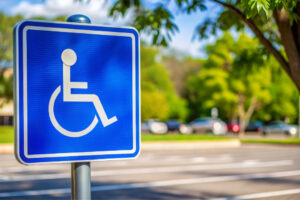See our work on social media:
Maintenance Monday: 5 Areas to Consider as you Decide if Concrete or Asphalt is Right for You.
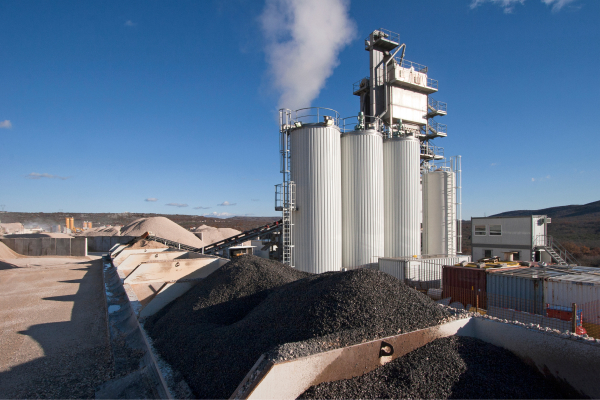
As a property owner, you know more than anyone the importance of making an informed choice when it comes to your space. Whether you are making decisions ranging from structural integrity to landscape design, you know the value of using quality materials, and how these choices will provide longevity and create an inviting aesthetic for your property.
At Calvac Paving, we know that one of the most important decisions you can make is how to pave your property’s parking lot. With this in mind, we want you to have the information you need to make the most informed choice for your next paving project. As a concrete and asphalt company that has served the Bay Area for 50 years, we believe that with the right information, property owners can make a paving decision that will serve them well for the years to come.
As you begin planning to make the next big decision for your property, here is everything you need to know as you decide between concrete and asphalt.
1 – Composition and Production
Asphalt
Asphalt is created by mixing aggregates (sand, gravel, or crushed stone) with binder and filler. When this mixture is heated, it becomes pliable and can be smoothed into a flat surface.
Concrete
Concrete is composed of cement, aggregates, and water. Through a mixing process, concrete becomes a stone-like, hard material.
2 – Appearance
Asphalt
Asphalt is dark in appearance, typically black or dark brown. There is little room for color customization with asphalt, as the materials used to create asphalt result in a dark and sleek tone with a single texture.
Concrete
Unlike asphalt, concrete can vary in both color and texture. Colors can range from dark to light, and texture from smooth to coarse. Choices with concrete can be made to meet a variety of aesthetic preferences.
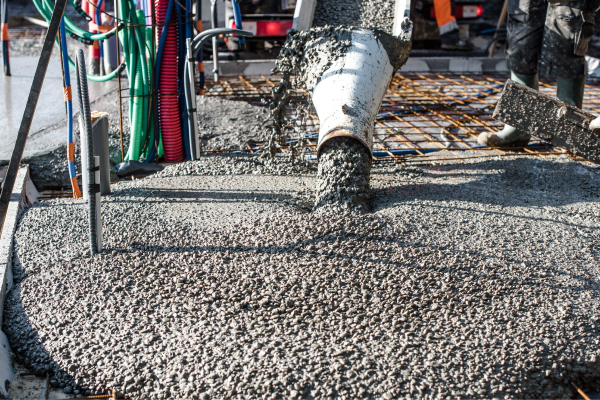
3 – Strength and Durability
Asphalt
Due to its flexible composition, asphalt is less inclined to crack. This is a bonus for climates with frequent freeze-to-thaw rhythms (not a factor we have to highly consider here in the Bay Area).
Although asphalt is durable, it is less solid than concrete. This can often result in a need for more ongoing maintenance.
Concrete
Since concrete is less pliable than asphalt, it is more prone to cracking – especially when regularly exposed to extreme temperature variation in a given climate. Although more likely to crack than asphalt, the strength and durability of concrete contributes to less maintenance over time, and a longer lifespan than asphalt.
4 – Cost
Asphalt
In general, asphalt has a lower installation cost than concrete. Contributing factors include asphalt materials and the fluctuating price of crude oil, as petroleum serves as a base for asphalt.
Concrete
Concrete is typically more expensive to install than asphalt. There are a number of customization options with concrete (finish color, texture, stain, etc…) and this can contribute to an increased price tag.
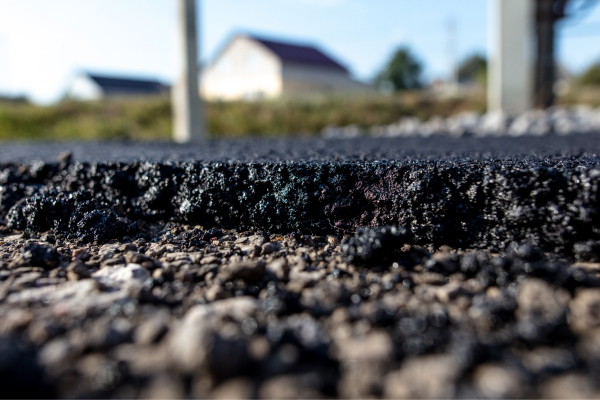
5 – Maintenance
Asphalt
Although lower installation cost is a benefit of using asphalt, property owners need to understand that regular maintenance and repairs will be a reality. In order to extend the longevity of asphalt, it should be sealed every three to five years. Regular patching and resurfacing will also be required. When properly installed and regularly maintained, asphalt has a lifespan of up to 30 years.
Concrete
Initially, concrete has a higher installation cost than asphalt. Factors which contribute to the initial cost of concrete include color tint, stain, and stamping or engraving on the concrete. Although concrete has more upfront costs than asphalt, maintenance is more minimal and costly. When cracks are properly repaired and maintenance is promptly managed, concrete has a lifespan of up to 50 years.
As you consider the goals for your paving project, take the time to consider your needs in the areas of materials, appearance, strength and durability, budget, and maintenance. As you do this, your preference for asphalt or concrete will become clear. We encourage you to reach out to your local asphalt and concrete company for additional guidance and pricing. If you are in the Bay Area, Calvac Paving has the experience and expertise you need to make your paving project come to life!
Services
Contact us
© 2025 All Rights Reserved.

